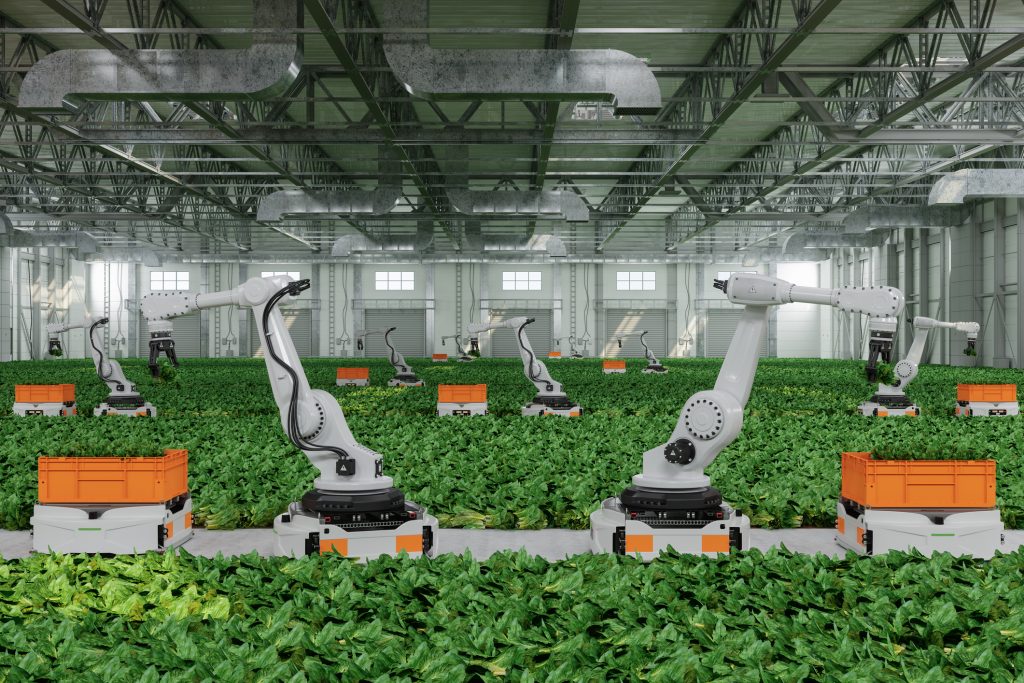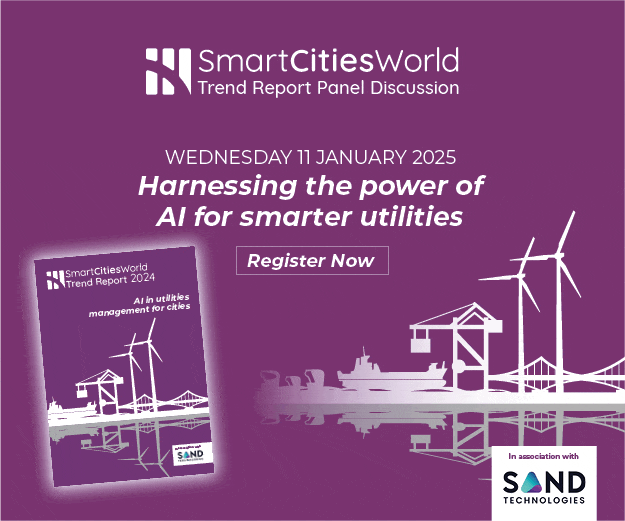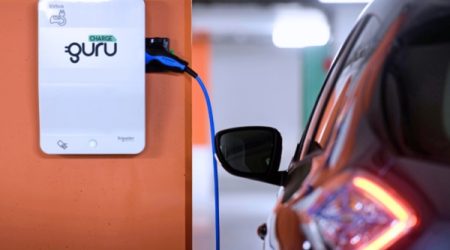Key Takeaways
- The European Commission announced new measures aimed at simplifying agricultural inspections, potentially saving farmers €1.58 billion annually.
- Key initiatives focus on promoting digitalisation, precision agriculture, and eco-schemes to enhance sustainability in farming.
- Challenges remain for small farms, including trust issues regarding data use and the need for structural changes in agriculture.
New Measures for Farmers’ Efficiency
On May 14, the European Commission introduced measures to streamline on-farm inspections and reporting, estimated to save European farmers approximately €1.58 billion annually, while national administrations could save around €210 million. These initiatives are part of the “Vision for Agriculture and Food”, aiming to provide a strategic framework that addresses the pressing needs of farmers and overarching challenges like political tensions and climate events.
The roadmap identifies key areas in agriculture and food, focusing on ensuring fair incomes for farmers, combating unfair market practices, and promoting transparency in the food supply chain. Additionally, it aims to create job opportunities for youth in rural areas and to simplify EU rules regarding the Common Agricultural Policy (CAP).
Commissioner for Agriculture and Food, Christophe Hansen, emphasized the need for policies that respond to real-world conditions while maintaining stability for all agricultural stakeholders. The Commission also highlighted the importance of research, innovation, and digitalisation in cultivating sustainable agricultural practices.
The CAP has a rich history of adopting technology for monitoring farmland. Satellite imagery has been utilized for inspections since 1992, significantly reducing the need for on-site evaluations. Recent CAP reforms enable extensive reliance on satellite data for monitoring farming practices.
During the current CAP period (2023-2027), funding initiatives emphasize sustainability, offering incentives for precision agriculture technologies. These include a lump-sum payment up to €50,000 for tech investments and a minimum of 25% of the direct payment budget allocated for eco-schemes that encourage climate-smart practices. For instance, Ireland’s CAP plan promotes digital infrastructure funding, particularly for young farmers.
The European Agricultural Fund for Rural Development (EAFRD) has increased funding to bolster digital transitions in rural settings, supported by the Next Generation EU initiative. Furthermore, the Horizon Europe programme allocates €10 billion for advancements in food and farming sectors, particularly focusing on AI and technological adoption.
Several innovative projects are emerging from these funding opportunities. In the Netherlands, the ‘Andela’ WeedBuster robot, utilizing AI, has demonstrated a 50% reduction in labor costs for weed management. Spain has introduced drone technology to optimize pesticide application, while sensors and robotics are under testing in Germany for enhancing seed and fertilizer distribution.
However, small farms face barriers beyond just financial concerns: their fragmented land sizes complicate the deployment of AI and equivalent technologies. An aging and risk-averse farming demographic adds to the challenges, alongside inadequate rural broadband and murky data regulations, leaving farmers apprehensive about sharing data with agribusinesses.
Though the new CAP reforms present promising advancements, the European Commission acknowledges that the current financial provisions may not be sufficient, and additional investments are essential. Experts assert that while technological solutions are crucial for enhancing efficiency and reducing emissions, they cannot be a replacement for necessary structural transformations in agriculture.
The content above is a summary. For more details, see the source article.















